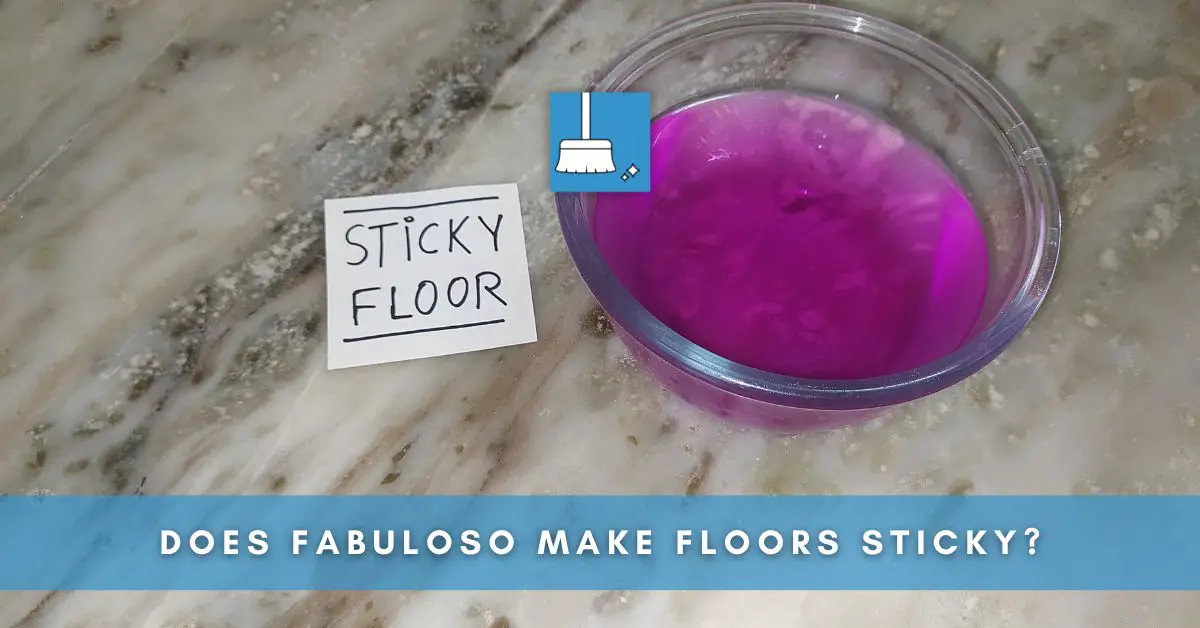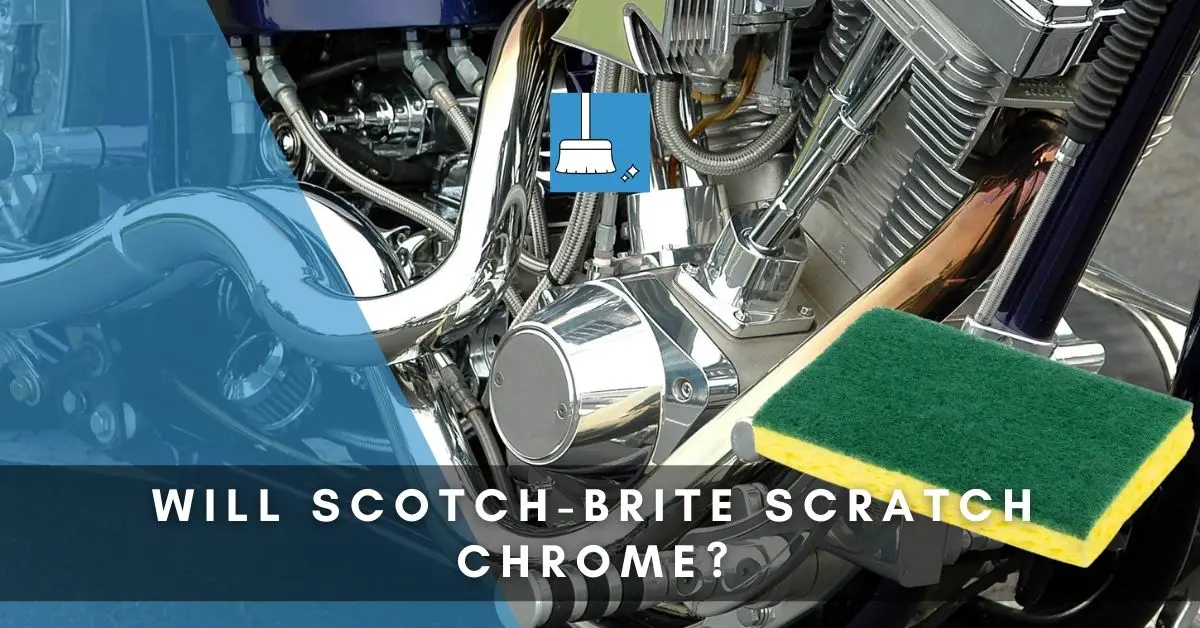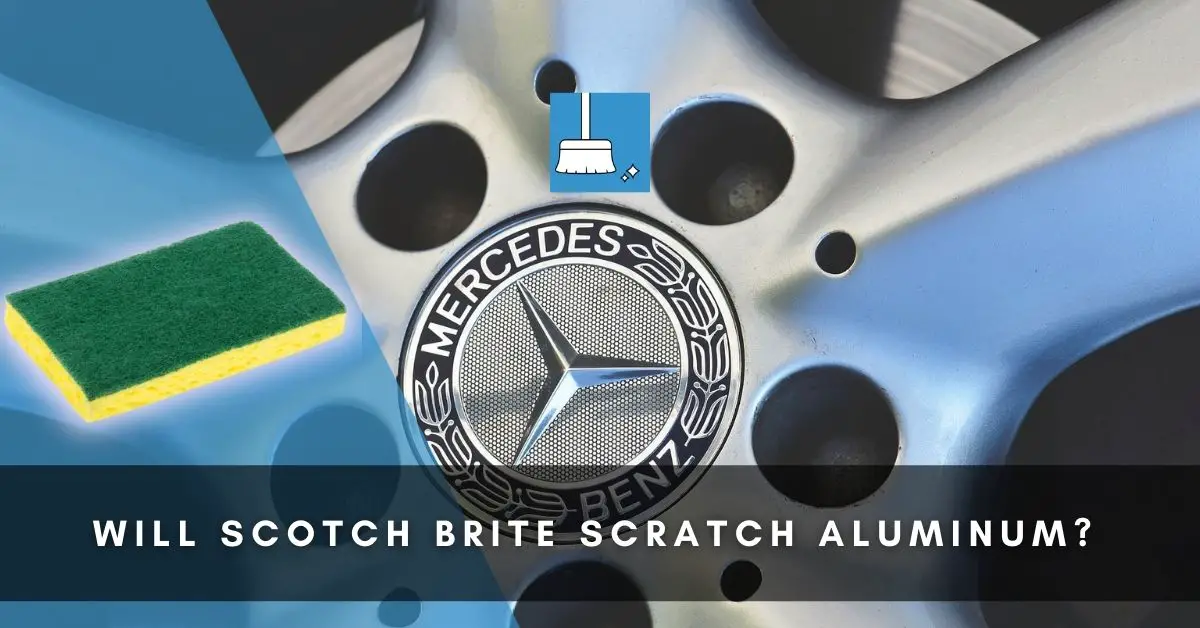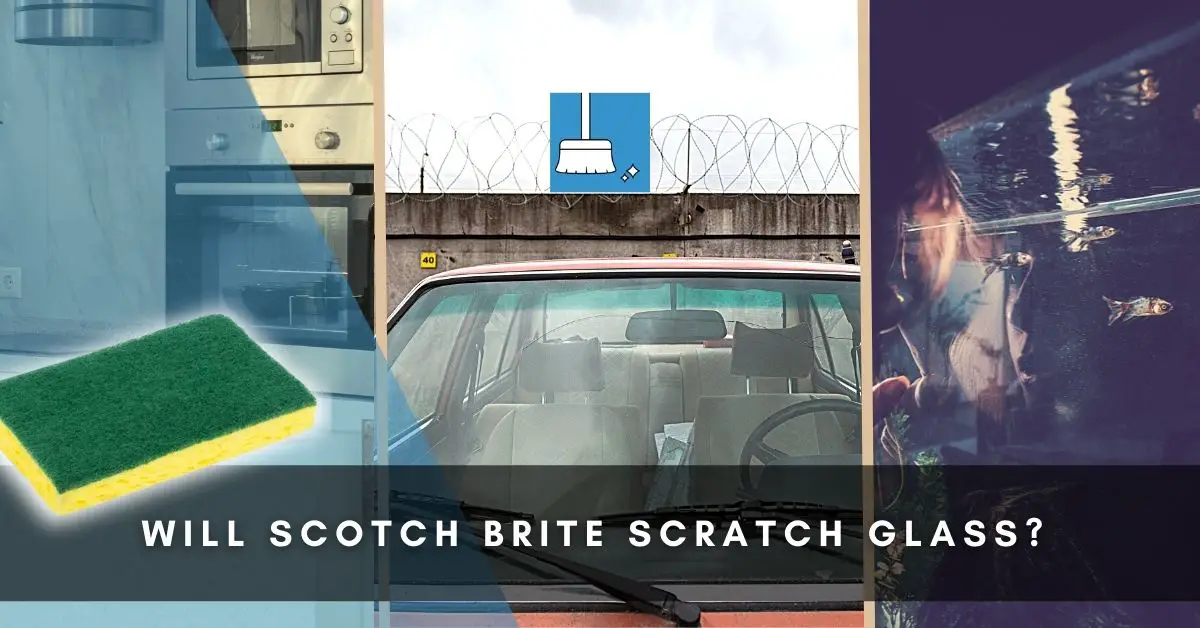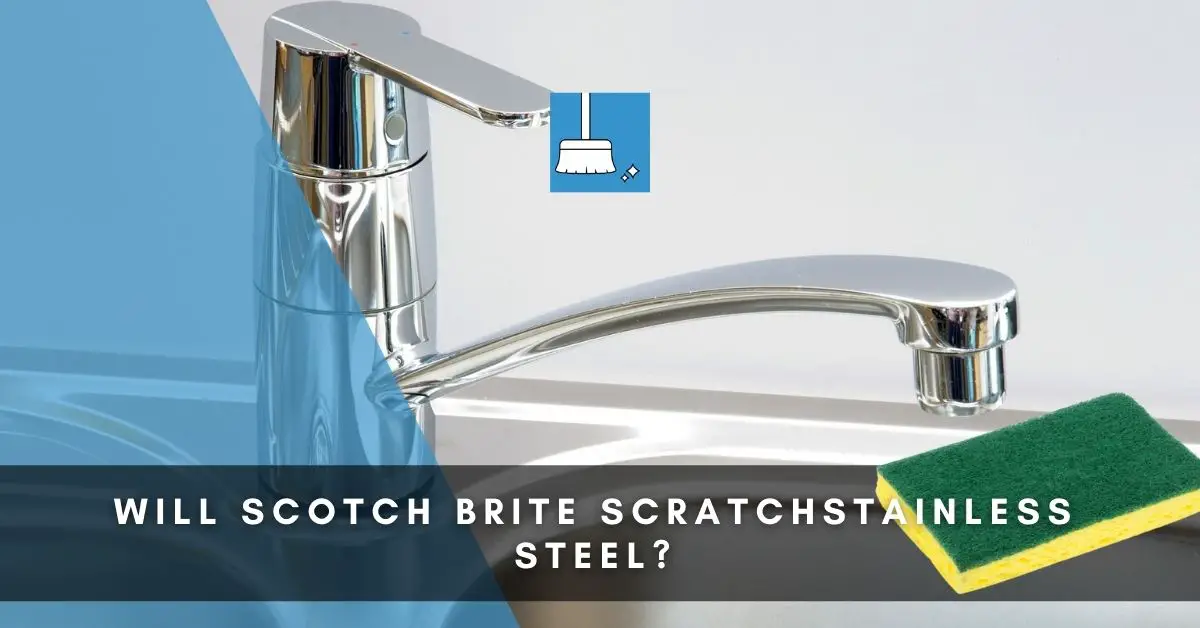A sticky floor irritates you with that suction gripping your footwear and making that horrible squelching sound. This can especially be embarrassing when you have guests in the house. You are a Fabuloso lover and use it to mop your floors and you think that this is what might be causing the problem.
In this article, we’ll discuss if fabuloso makes your floors sticky and the steps you can take to get rid of your sticky floors.
Does Fabuloso Make Floors Sticky?
Fabuloso can make your floors sticky if you decide to use more of the solution than you are supposed to (as per the instructions) or use fabuloso in its concentrated form to mop your floors, it will leave a sticky residue after you’re done mopping.
Sticky floors are not only irritating but also dangerous as these can cause biofilms to grow. (Source)
Which Fabuloso Ingredient May Be Making Your Floors Sticky?
Fabuloso ingredients include water which allows other ingredients to dissolve in it as it is the general base of the cleaning product. Water does not increase or decrease the stickiness of the product.
It also has sodium dodecylbenzene sulfonate, C9-11 Pareth-8, sodium c12-15 Pareth sulfate, and sodium laureth sulfate, which bubbles up to create foam and suds to lift dirt and grime from surfaces. These surfactants may make them leave behind a film on your floors or a soapy residue that may feel sticky when you step on it.
Sodium chloride, which thickens the product, may make the product sticky. Thickening of the product means that it adheres to surfaces and may force you to rinse surfaces after using the product.
Glutaral, which is a preservative, does not add to the stickiness of the product. The oily consistency of the product makes it difficult for it to stick to surfaces.
Citric acid adjusts the pH of the product and also acts as a desiccant, which means it attracts moisture from its environment and makes the citric acid sticky.
Benzo triazolyl dodecyl p-Cresol helps maintain the color of the product. The form that is usually used in products is however a benzotriazole derivative, which reduces stickiness. It may leave the product less sticky but not enough for you to notice when you clean your floors.
Colorants usually don’t add to the consistency of the product and do not make it sticky but the fragrance that provides the desired smell and adds to the user experience may also make the product sticky.
All these ingredients work together to reduce surface tension when cleaning and easily lift dirt and grime from surfaces.
Maybe It’s Not Fabuloso That’s Making Your Floor Sticky!
There are some common reasons that could make your floors sicky after moping:
1- Using a Dirty Mop
A dirty mop is more likely to leave your floors sticky and grimy. This is because the soil you tried to clean away in the previous cleaning session will still linger on the strands and will be transferred to the surface you are trying to currently clean. The build-up of dirt from the mop to the floor will leave it sticky.
2- Using Too Much Floor Cleaner
If you use too much floor cleaner, the floors will be left sticky after you are done cleaning. This is especially common if you use a product that is sold in its concentrated form such as fabuloso.
The instructions state that you should use ¼ cup of fabuloso and dilute it in a gallon of water. If you decide to use more product than is recommended or decide to use the product in its concentrate form (for whatever reason) with no plans on following it up with a rinse, the floors will remain sticky when you finish cleaning.
3- Using the Wrong Product to Clean Your Floors
If you run out of your floor cleaner and decide to use a laundry detergent or powder detergent to mop your floors, it may create too many suds and be too soapy. When you mop your floors with it, a soap film will be left behind and make your floors sticky.
It may also leave a white cast on your floors and strip them of their usual shine.
4- Mopping with Dirty Water
When mopping a large area or multiple rooms with the same mop water, you’ll notice that the water will get more mirky as you go.
If you use the same mop water on a large area, the floors will begin getting stickier because you are smearing dirt around your home instead of cleaning it.
5- Wrong Consistency of DIY Cleaners
When you decide to DIY, the consistency of the products you make is very important. Some of your solutions may be too thick and may end up making your floors sticky.
For example, when using vinegar, baking soda, and lemon juice mixture to clean your floors, you may put too much baking soda and this may lead to a stick residue being left behind.
To avoid this, you might try mixing your DIY solution with water until it creates a thin solution that is less likely to make your floors sticky.
No More Sticky Floors! (Here’s How?)
There are steps you could take to deal with your sticky floors including:
1- Constantly Change Out Your Mop Water
You may be tempted to use the same mop water in multiple rooms but this will lead to a build-up of dirt in the water and this will affect the cleanliness of your floors.
When cleaning a large surface, change the bucket water as soon as you notice it getting mirky. Use clean water on each surface and you will notice that your floors are no longer getting sticky.
2- Clean Your Mop before and during the Cleaning
Rinse your mop or your rags before you use them and also rinse them periodically while you mop your floors. This will ensure that you are not transferring dirt from one part of the floor to another.
This will also ensure that any dirt that was left on the mop after the previous cleaning session doesn’t get transferred to the currently used water or the floors.
Getting Rid of that Stickiness!
Steps you could try to use to get rid of your sticky floors include:
1- Rinse Your Floors
When cleaning your floors with some cleaning products, if you notice your floors getting sticky as you mop, consider rinsing the floors with a clean mop and a clean bucket of water.
Ensure that the mop is dripping wet when you do this. Rinse out your mop and thoroughly wring it and use it to dry your floors until they are just a little damp.
Don’t have excess water standing on your floors for a long time because the water will dry and leave behind water stains.
Work in small sections to effectively rinse out your floors. When you are done mopping, ensure that the area remains untouched so that people walking on the floors do not transfer dirt to it or leave footprints on your floor surfaces.
2- Use a Solvent
Sometimes when the floor is too sticky, it doesn’t get clean even after you rinse it. Adding more cleaning solution to get rid of the problem may actually be making it worse.
Using a solvent such as methylated spirit, rubbing alcohol, mineral spirits, and turpentine may be a good way to get rid of the problem.
For this process to work, you’ll need a mop, a rag or sponge, water, and your solvent of choice.
1- Put some solvent in a bucket and add some water to it. Use a ratio of 1 part solvent to 2 parts water.
2- Dip your sponge or your rug in the mixture and scrub your floors in small sections.
3- Once you’ve scrubbed the whole floor (or the sticky spots), go over your floors with a damp mop to rinse out all your solvent and lift the remaining dirt. Let your floors dry and you’ll notice that they are no longer sticky.
Final Thoughts!
Using more Fabuloso than required will make your floors sticky. Taking care of how clean your water is and following product instructions will make it less likely that your floors will become sticky after mopping.

